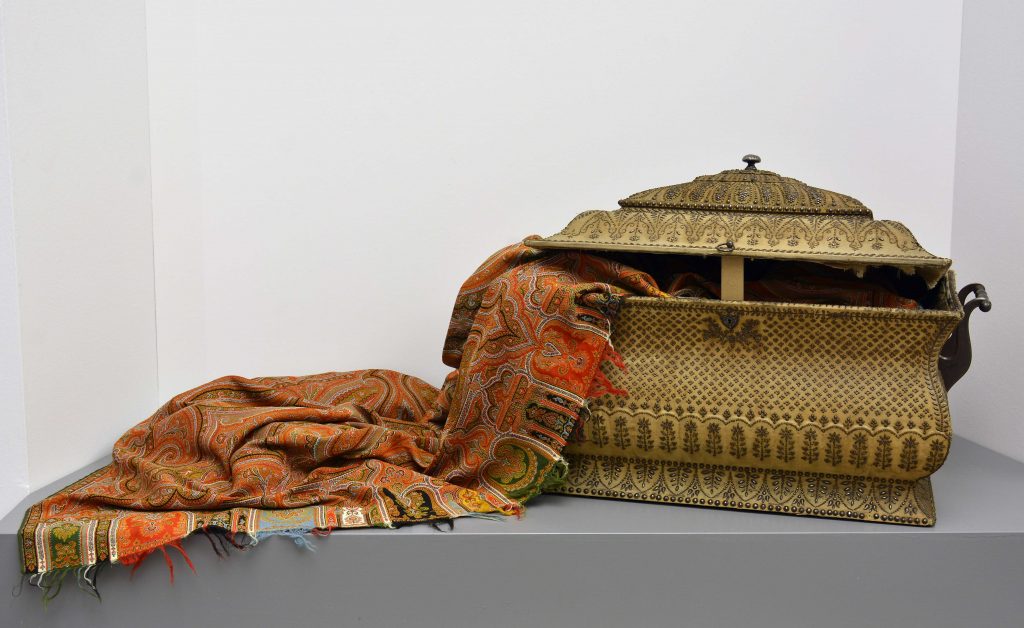collettivo culturale tuttomondo Antonio Ratti
Antonio Ratti (Como, 22 settembre 1915 – 13 febbraio 2002) è stato un imprenditore italiano nel settore dei tessuti in seta, riconosciuto a livello mondiale per la bellezza dei suoi disegni paisley.
Antonio Ratti, nominato Cavaliere del Lavoro nel 1972, Honorary Trustee del Metropolitan Museum of Art di New York, è stato uno degli esponenti più significativi dell’imprenditoria italiana, nonché uno dei mecenati più illuminati della scena nazionale e internazionale.
Oltre alla passione per l’arte della seta, che è diventata il fulcro della sua attività imprenditoriale, Antonio Ratti ha coltivato un forte interesse per l’arte in generale. Non a caso il suo nome è legato alle più grandi istituzioni culturali quali il Guggenheim, il Museum of Modern Art e il Metropolitan Museum of Art di New York, Palazzo Grassi di Venezia, Palazzo Reale e il Padiglione d’Arte Contemporanea di Milano.
Nato a Como il 22 settembre 1915, fonda nel 1945 la “Tessitura Serica Antonio Ratti” per la ideazione e la commercializzazione di tessuti per cravatte e foulard in seta.
È la prima tappa di una lunga attività imprenditoriale che culminerà nella creazione del Gruppo Ratti – attualmente presieduto da sua figlia Donatella – uno dei più importanti produttori al mondo di tessuti ad alto contenuto tecnologico-creativo.
_
The Como-born industrialist Antonio Ratti (1915-2002) knew the art of silk very well, in all the phases involved in production – from rearing silkworms to spinning to weaving.
Antonio Ratti, Cavaliere del Lavoro in 1972, and Honorary Trustee of the Metropolitan Museum of Art in New York, was one of the most significant contributors of the Italian entrepreneurship, as well as one of the most illustrious patrons of the national and international scene.
Besides his passion for the art of silk, which became the core of his activity as an entrepreneur, Antonio Ratti also cultivated a remarkable interest in art in general.
In fact, his name is associated some major cultural institutions, such as the Guggenheim Foundation and Museum, the Museum of Modern Art and the Metropolitan Museum of Art in New York, the Palazzo Grassi in Venice, the Palazzo Reale and the Padiglione d’Arte Contemporanea in Milan.
Born in Como on the 22nd September 1915,in 1945 he established the ‘Tessitura Serica Antonio Ratti’, for the creation and commercialisation of textiles for silk ties and shawls.
That was the first step in a long business career, which culminated in the creation of the Ratti Group (Gruppo Ratti), now managed by his daughter, Donatella Ratti, which is one of the most important producers of technologically creative textiles in the world.
_

_
foto: Fondazione Ratti dalla mostra Cachemire, il segno in movimento, 2017
Una goccia dalla punta ricurva declinata in innumerevoli varianti, un disegno seducente di origini antichissime che richiama immaginari esotici, mondi lontani e non solo: tutto questo è il boteh/cachemire (o paisley), uno dei motivi decorativi che hanno attraversato la storia del tessuto e della moda mantenendo inalterato il proprio fascino.
The boteh or paisley pattern – also referred to as Cachemire in Italian – is a seducing design with ancient origins that recalls exotic fantasies and remote countries.
This drop with a curved extremity has been drawn and re-drawn in countless variations. Very few decorative motifs have left such a marked trace in the history of textiles and fashion, which are still cast under its magical spell today.
foto: Fondazione Ratti dalla mostra Cachemire, il segno in movimento, 2017